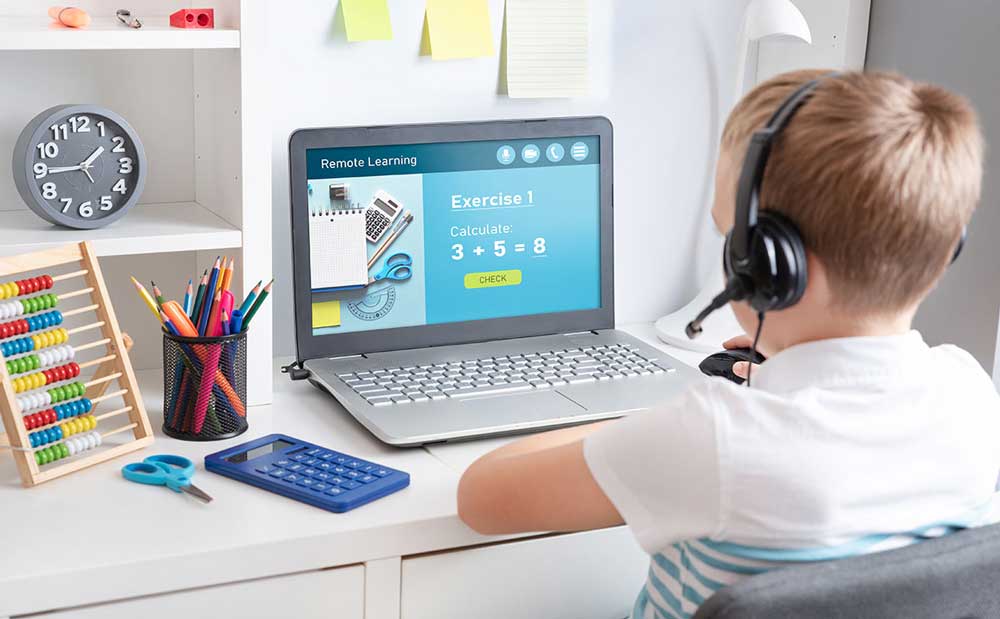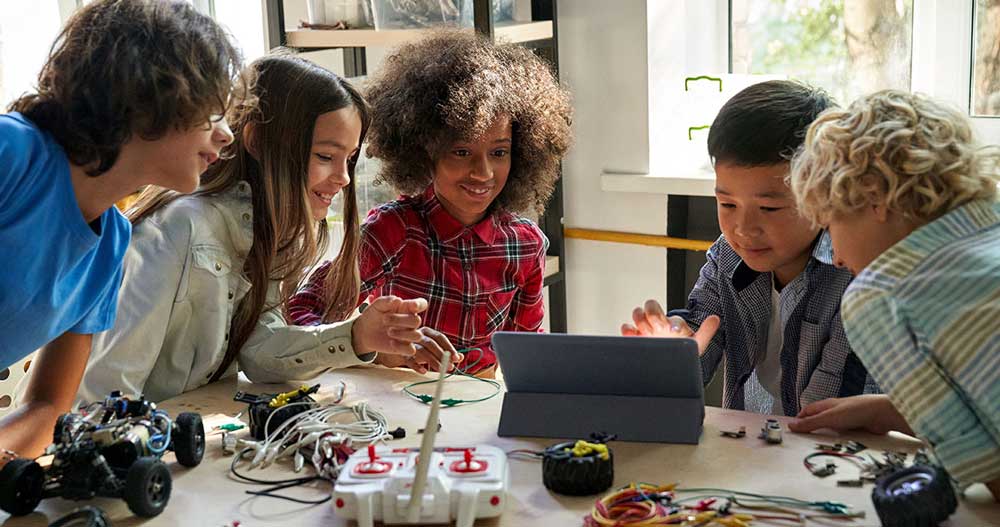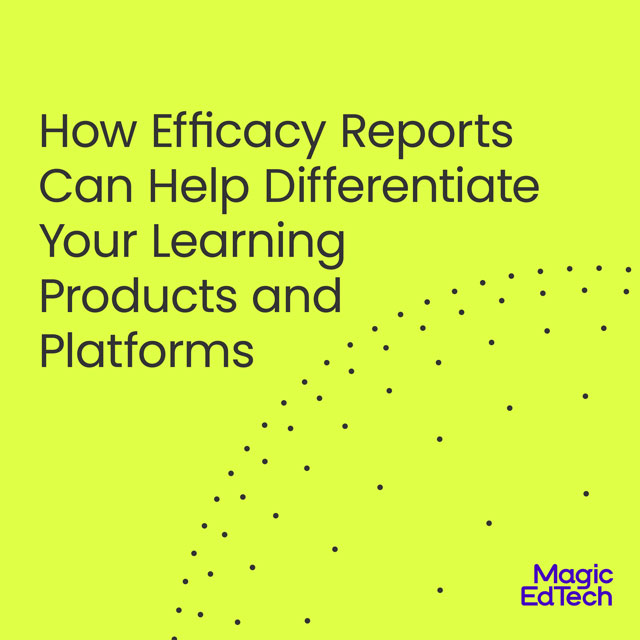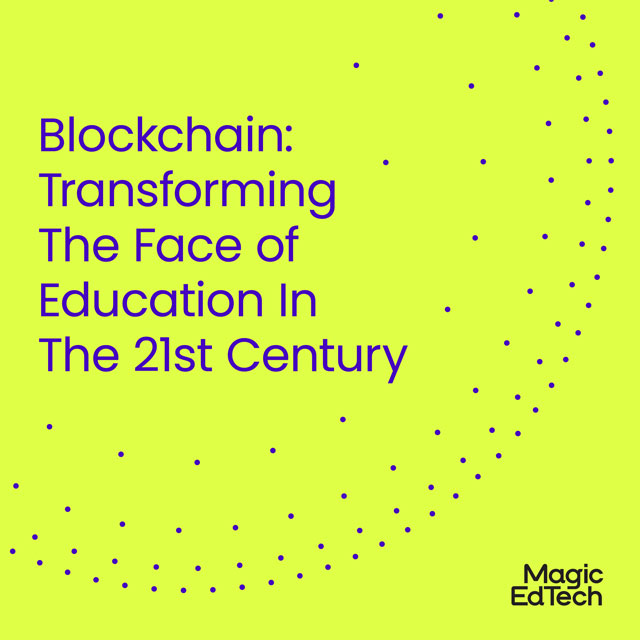Building Virtual STEM Courses for Better Learner Motivation
- 23 March, 2022
- Reading Time: 4 minutes
What are the biggest challenges with STEM learning today?
Students and educators have discovered that digital learning, while offering unique opportunities, also poses certain challenges across academic disciplines. For example, science, technology, engineering, and mathematics (STEM) requires hands-on learning.
Navigating what STEM would look like virtually, posed a challenge and continues to do so. This is reinforced by the fact that 73% of STEM faculty experienced many barriers to teaching virtual courses for STEM in fall 2020 when shifting from in-person instruction to remote learning, according to a survey conducted by the Online Learning Consortium and Bay View Analytics.
The biggest challenge faced by STEM faculty was student motivation. When learning through the usage of online video conferencing platforms, many students are hesitant to participate, have their cameras off, leave lectures early, or don’t even attend at all. Additionally, the increased reliance on online testing and exams made it difficult to ensure academic integrity because students were more prone to cheating and unmotivated to study. The design of hands-on STEM learning does not necessarily translate to the online format. The minimal social interaction between students and instructors online negatively affects performance, especially when students are not engaged as they would be in person.
How can we address these challenges when creating virtual STEM courses?
Despite the challenges faced by STEM faculty in teaching virtual courses, most survey respondents are optimistic about the future of STEM education. Transitioning STEM courses to an online format requires instructors to rethink ways to achieve the same or even better learning objectives. Keeping students motivated must be at the forefront of virtual STEM course design. Here are five ways to build content that keeps students engaged:
1. Develop a high-quality digital STEM learning experience

High-quality digital learning experiences rely on instructional design to align learning outcomes with activities, assignments, and assessments in a digital environment. Adhering to Bloom’s Taxonomy can help structure STEM learning content in a way that meets students’ cognitive, affective, and psychomotor demands in the class time frame. The more engaged students are, the more they learn.
2. Present a uniform learner view

While a physical classroom ensures that every learner is looking the same way, variable displays in video conferencing allow learners to switch the way they view the screen. However, the host can control what the student sees on the screen by using the presenter view. A uniform learner view creates a common visual experience for all students, reducing distractions and making sure that learners are focused on the content that is being presented.
3. Intersperse short spurts of content with peer engagement

Online content is best absorbed when presented in bursts of less than seven minutes; the ideal content length is three to five minutes. Content should be easy to consume, and students should be able to refer back to lessons on their own time. To encourage peer interactions, short activities can then be used to reinforce concepts introduced during lectures. Virtual STEM courses can use polls, chats, live quizzes, and simplified feedback delivery to maintain student engagement.
4. Plan peer-group breakouts

Traditionally, STEM education has involved students working closely together and collaborating in small groups as it enables learners to learn from one another. Breakout rooms can serve as great immersive environments to encourage group STEM learning and peer-to-peer interaction that might not otherwise be possible in an online setting. Students can perform the same activities at home as they would in school with their classmates on the screen.
5. Personalize learning pathways through assessments and analytics

The data from assessments and analytics can help instructors see what topics students understand, what they don’t, and whether they need a refresher before going to the next unit. Data allows teachers to discover trends and assess the comprehension of concepts to provide an enhanced learning experience for their students. This, in turn, improves the learner experience by reducing frustrations and boosting student motivation.
While the format of face-to-face STEM courses cannot be recreated in the same way online, the fundamental learning outcomes can be obtained in an online environment. As we embrace a new way of learning that is here to stay post-pandemic, students can excel in STEM if presented with hands-on learning experiences virtually. Virtual courses for STEM need to allow students the opportunity to develop critical thinking skills in school. As one of the Leading K-12 Education Technology companies, Magic EdTech is experienced with the creation of virtual courses for STEM that encourage better learner motivation to inspire a generation that will explore possible careers in STEM-related fields.





